 Recently, some clients asked AMREL to build an Operator Control Unit (OCU) for their Unmanned Ground Vehicle. No surprise there; we dominate that particular application. What was noteworthy was the specific form factor that they requested. They wanted it to be a wearable computer, worn on the wrist.
Recently, some clients asked AMREL to build an Operator Control Unit (OCU) for their Unmanned Ground Vehicle. No surprise there; we dominate that particular application. What was noteworthy was the specific form factor that they requested. They wanted it to be a wearable computer, worn on the wrist.
We ran a simple experiment with the clients. We strapped a small computer to their wrist and had them run some typical UGV commands. Soon, they discovered that their arms grew tired supporting the computer. The clients agreed to have their OCU installed in the traditional, if less exotic, form factor of a handheld.
Notice that the wrist-mounted form factor wasn’t discarded for technological reasons. AMREL has become quite adept at developing small, powerful, ATOM-based computer platforms, which would be perfect for wearable solutions. Rather, this innovative approach was discarded, because the wrist form factor proved impractical for this particular use. Read more



 Maritime conditions are especially difficult for communications, and nowhere are they more important. Corrosive salt air, rough storms, and “dead areas” in the belly of a ship all conspire to damage critical equipment and sabotage the transmission of life-saving information. In the August issue of U.S. Coast Guard Forum,
Maritime conditions are especially difficult for communications, and nowhere are they more important. Corrosive salt air, rough storms, and “dead areas” in the belly of a ship all conspire to damage critical equipment and sabotage the transmission of life-saving information. In the August issue of U.S. Coast Guard Forum, 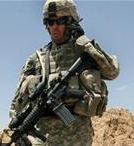

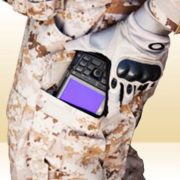
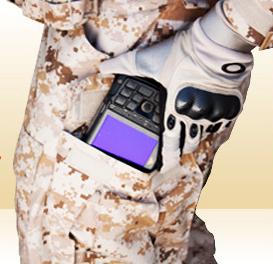
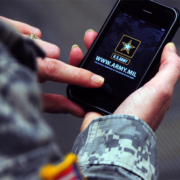
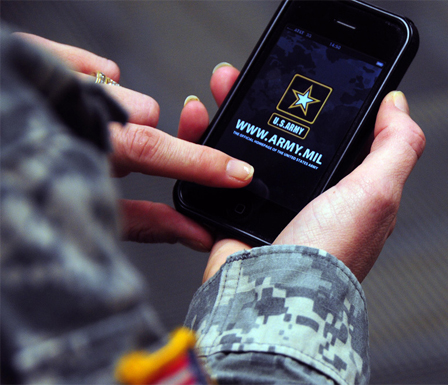 What is the optimal screen size for a mobile device used by a warfighter? Is it the 7″ to 12″ display of the tablet? The 3″ to 5″ of the smartphone? Something in-between?
What is the optimal screen size for a mobile device used by a warfighter? Is it the 7″ to 12″ display of the tablet? The 3″ to 5″ of the smartphone? Something in-between?

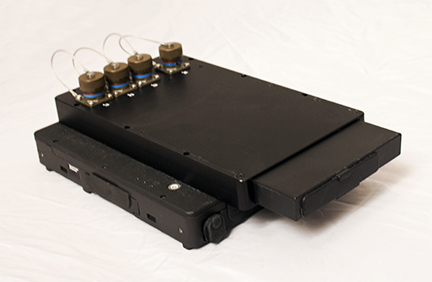

 Every once in a while, someone asks me to translate military jargon, or more often summarize a lengthy statement into an “executive summary.” Here are a couple of examples of my attempts to convert a dense forest of words into a simple “take home message.”
Every once in a while, someone asks me to translate military jargon, or more often summarize a lengthy statement into an “executive summary.” Here are a couple of examples of my attempts to convert a dense forest of words into a simple “take home message.”